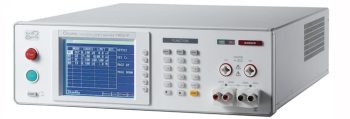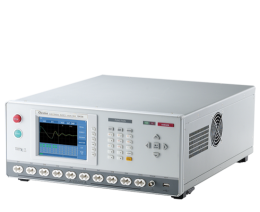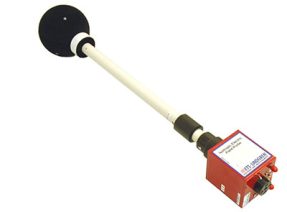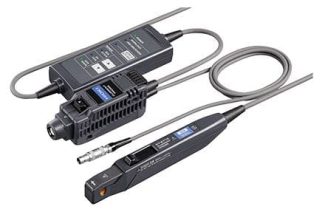Electrical Safety /
RF & Safety Featured
RF (Radio Frequency) refers to the waves of energy that enable wireless communication technologies like mobile phones, Wi-Fi, Bluetooth, and radio and television broadcasting. While RF radiation is usually safe at low levels, prolonged exposure to high levels can pose potential health risks to humans. The field of RF & Safety involves studying the possible health hazards linked with RF radiation exposure and developing safety standards and guidelines for the use of RF devices. This includes examining the biological effects of RF radiation on humans and animals, establishing safe exposure levels, and creating measures to protect individuals who might be at risk, like workers in industries that utilize RF technologies. To guarantee the safe use of RF devices, regulatory agencies such as the Federal Communications Commission (FCC) in the United States and the International Commission on Non-Ionizing Radiation Protection (ICNIRP) have created guidelines and standards for RF exposure limits. These standards consider various factors like frequency, power, duration of exposure, and the type of tissue exposed. Industries that use RF technologies have their own safety guidelines and protocols to ensure the safe use of their products. This includes using personal protective equipment such as shielding and grounding, and implementing engineering controls to minimize RF radiation exposure. In summary, the RF & Safety field is essential in ensuring the safe and responsible use of RF technologies, while also advancing our knowledge of the potential health risks associated with RF radiation.
RF (Radio Frequency) refers to the waves of energy that enable wireless communication technologies like mobile phones, Wi-Fi, Bluetooth, and radio and television broadcasting. While RF radiation is usually safe…
...at low levels, prolonged exposure to high levels can pose potential health risks to humans.
The field of RF & Safety involves studying the possible health hazards linked with RF radiation exposure and developing safety standards and guidelines for the use of RF devices. This includes examining the biological effects of RF radiation on humans and animals, establishing safe exposure levels, and creating measures to protect individuals who might be at risk, like workers in industries that utilize RF technologies.
To guarantee the safe use of RF devices, regulatory agencies such as the Federal Communications Commission (FCC) in the United States and the International Commission on Non-Ionizing Radiation Protection (ICNIRP) have created guidelines and standards for RF exposure limits. These standards consider various factors like frequency, power, duration of exposure, and the type of tissue exposed.
Industries that use RF technologies have their own safety guidelines and protocols to ensure the safe use of their products. This includes using personal protective equipment such as shielding and grounding, and implementing engineering controls to minimize RF radiation exposure.
In summary, the RF & Safety field is essential in ensuring the safe and responsible use of RF technologies, while also advancing our knowledge of the potential health risks associated with RF radiation.
-
The Chroma 19056/19057 Hipot Analyzer is an equipment specially designed for testing and analyzing ultra-high withstand voltage. The series of models...FIND OUT MORE
-
The Chroma 19032 /19032-P is a 5 in 1 Production Safety Analyzer. It can perform AC/DC Hipot, insulation resistance, grounding resistance and dynamic...FIND OUT MORE
-
The Chroma 19036 is the industry’s first test device that combines the functions of impulse tester and hipot analyzer for testing the impulses of...FIND OUT MORE
-
The Chroma 19305 series Impulse Winding Tester includes a one channel unit (19305) and 10 channels output unit...FIND OUT MORE
-
ETS-Lindgren’s HI-4433-MSE Electric Field Probe measures electric field strength and provides X, Y and Z as well as total field values. Data...FIND OUT MORE
-
Frequency Range: 500 kHz – 5 GHz The HI-4433 series probes feature Automatic Continuous Zeroing. This facility removes the need for internal zero...FIND OUT MORE
-
Hioki flat bandwidth current probes are best-in-class current sensors for use with Memory HiCorders and high performance oscilloscopes. The CT6711 is...FIND OUT MORE






